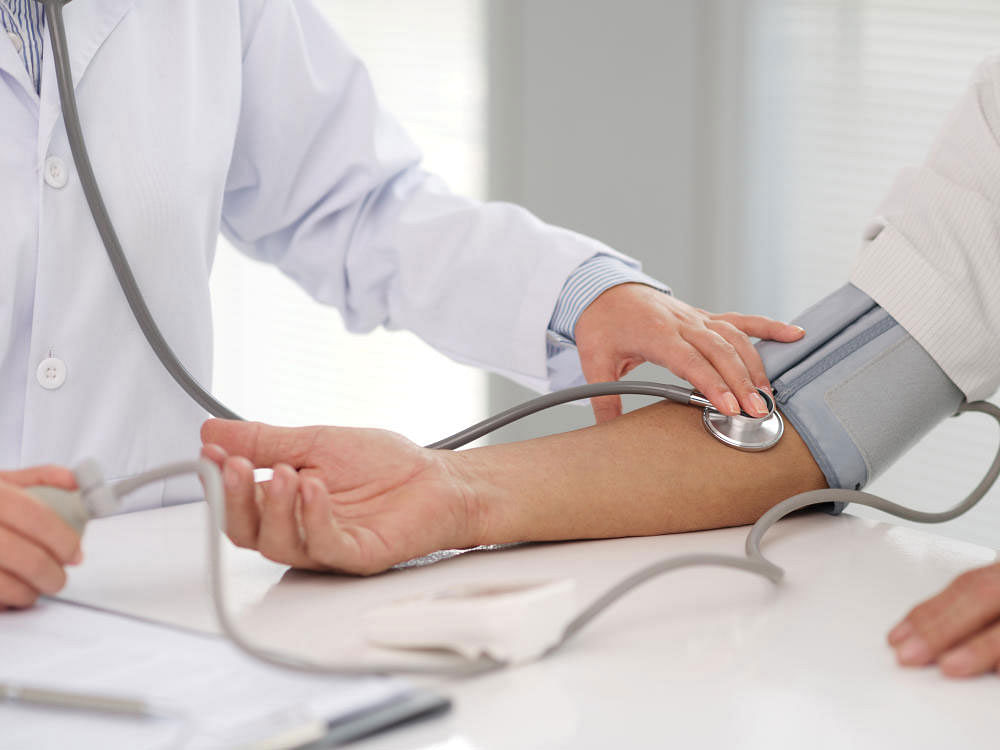
The top 10 causes of death in India can't be cured by an ordinary MBBS doctor, top clinicians informed lawmakers, waving red flags on an acute shortage of specialist doctors across the country.
Heart disease, chronic obstructive pulmonary disorder (lung disease), brain stroke, diarrhoea, chronic kidney disease, tuberculosis, neo-natal pre-term births and accidents are among the leading causes of death.
But the shortage of cardiologists, pulmonologists, neurologists, paediatrician, nephrologist and general surgeons is too huge to be filled up any time in the coming years.
In four states and union territories (out of 36 provinces) there is not a single specialist in the government-run national health mission. Odisha has only one specialist and Delhi has two for the scheme.
In the south, Karnataka has only 70 specialists in the government programme – the lowest among the four large southern states.
States with relatively higher number of specialists are Maharashtra (736), Tamil Nadu (474), Bihar (456) and West Bengal (384).
The doctors shared specific data on the shortfall. For instance there are 4,000 cardiologists in India, but the requirement is of 88,000. There are only 315 post-graduate(PG) seats in cardiology whereas the need is to have 3,375 seats.
In nephrology, there are only 1,200 practising doctors but a country of India's size needs 40,000 specialists. Existing medical colleges offer 120 PG seats all over the country while 2,150 seats are needed to take care of the patient load.
Similarly in paediatric and chest medicine, only 31 seats each are available for the MBBS graduates who want to pursue their post-graduation in this two disciplines.
As a result, there are only around 23,000 paediatricians in India though the requirement is 2,30,000 to bring down India's child mortality burden.
Notwithstanding India's reputation as the diabetes capital of the world, only 78 PG seats in endocrinology are available all over the country, because of which there are just about 650 specialists as against a requirement of nearly 28,000.
The worrying scenario was presented by several doctors to a panel of lawmakers, headed by veteran Parliamentarian and former minister Murli Manohar Joshi.
"In the USA, they have 20,000 under-graduate seats and 40,000 post graduate seats. We have 62,000 under-graduate seats and 14,500 PG seats," cardiologist Devi Shetty told the Parliamentarians.
"There is an urgent need to increase the number of PG seats in all colleges. But it needs to be ensured that quality of medical education is not compromised," the Committee on Estimates said in its report tabled in the Parliament.
